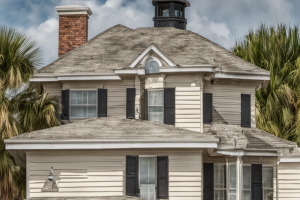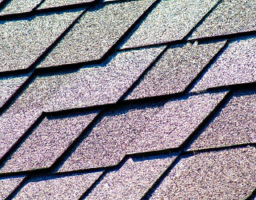
The Green Roof Concept Unearthed
A rising trend in urban architecture, green roofs, are reshaping the city landscapes while promising numerous environmental benefits. These roofs, characterized by layers of plants grown on building tops, are gaining traction for their aesthetic appeal and sustainable edge, creating a nexus between nature and urban sprawl.
Weighing the Benefits: The Allure of Green Roofs
One of the principal reasons green roofs are popular is their impressive array of benefits. Green roofs make cities more livable and sustainable, from mitigating stormwater runoff to improving air quality. According to the Family Handyman, green roofs can help regulate building temperature, decreasing reliance on air conditioning in the summer and heating in the winter.
The undark.org discusses using green roofs in Brazil's favelas to solve extreme urban heat, a compelling testament to their potential in addressing climate change. Moreover, cities like Melbourne are releasing guidelines for biodiversity green roofs, advocating for their role in promoting urban biodiversity.
The Aesthetics and Practicality of Green Roofs
There's no denying the visual appeal of green roofs. MSN Lifestyle provides an inspirational look at the aesthetics of green roofs, showcasing their potential to transform bland urban rooftops into flourishing gardens and inviting spaces.
Looking at the Other Side: Potential Drawbacks
Despite their benefits, green roofs have potential drawbacks, as outlined by the Green Garage Blog. High upfront costs and intensive maintenance requirements can be challenging for some property owners. Plus, only some buildings can withstand the additional weight of a green roof, which may limit their application.
Seven Pros and Cons of Green Roofs
Pros:
- Reduces Energy Consumption: Green roofs provide excellent insulation, reducing the need for air conditioning and heating.
- Promotes Biodiversity: They provide a habitat for urban wildlife, contributing to biodiversity.
- Improves Air Quality: Plants absorb pollutants and release oxygen, improving air quality.
- Reduces Urban Heat Island Effect: They help lower urban air temperatures.
- Stormwater Management: Green roofs can absorb and filter rainwater, reducing runoff.
- Aesthetic Appeal: They can transform cityscapes, providing visually pleasing green spaces.
- Noise Reduction: The additional layer can help to insulate against noise.
Cons:
- High Initial Costs: Installation of a green roof can be expensive.
- Maintenance: Regular upkeep is necessary to ensure the health of the plants.
- Structural Considerations: Not all buildings can handle the extra weight.
- Potential for Water Damage: If not correctly installed and maintained, they can lead to water damage.
- Limited Plant Selection: Only certain types of plants can thrive on a green roof.
- Pest Attraction: They could attract birds and insects, which can be a nuisance for some.
- Limited Accessibility: Accessing the roof for maintenance may be challenging, depending on the building's design.
The Future of Green Roofs
As we delve deeper into the 21st century, green roofs present a promising way forward in urban design. The potential for improved sustainability, increased biodiversity, and enhanced aesthetics offers a compelling case for continued exploration and implementation. After all, who wouldn't want their city to be a bit greener?

James Smith is our editor. He is an accomplished and versatile news writer with over a decade of experience covering a wide range of topics, including politics, business, and real estate. Throughout his career, James has been dedicated to uncovering the truth and presenting unbiased, factual reporting to his audience.






